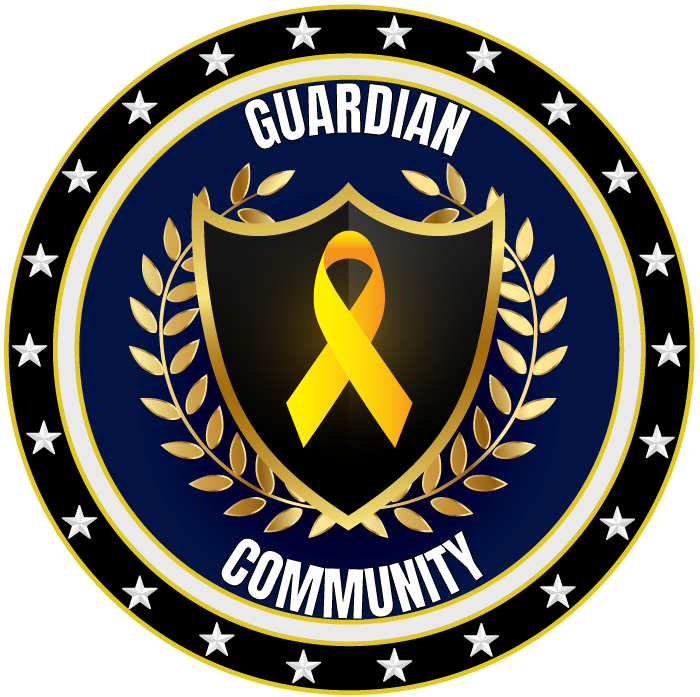HOW TO SPOT SIGNS OF PTSD IN YOUR SPOUSE


Recognizing the signs of PTSD in your spouse can be challenging. Every night, Sarah lay beside her husband, Jake, watching his body tense and twitch as he battled unseen enemies in his sleep. Since returning from deployment, Jake was no longer the man who left. His eyes instinctively scanned rooms, he startled at sudden sounds, and he avoided crowds like combat zones. Simple moments—a slammed door or a car backfiring—would send him spiraling into anxiety, his breath shallow and hands shaking. Sarah deeply missed his laughter, the comforting way he used to hold her without flinching. Now she clung to hope as tightly as she held him through the night, praying love could reach the parts of him still trapped by trauma.
Scenarios like this happen daily in the lives of spouses and couples dealing with PTSD. Understanding the signs of PTSD in your spouse is the first step toward providing effective PTSD support and encouraging recovery.
Living with someone experiencing PTSD can feel confusing and emotionally exhausting. It often feels like walking on eggshells, uncertain of how to help. PTSD treatment isn’t always straightforward, especially in veterans and first responders, who are trained to appear strong for others.
Mental Health Wounds Are Often Invisible
If your spouse had a visible injury—bleeding and exposed—you’d likely rush to help, call a doctor, or seek immediate care. The need for PTSD help isn’t always clear because PTSD symptoms are internal. PTSD doesn’t bleed visibly; instead, it festers silently beneath the surface. Your loved one might continue their daily routines, showing up for work, family dinners, or social gatherings—all while internally managing PTSD recovery, anxiety, and persistent guilt. They’re deeply wounded, but these wounds are unseen.
Key Signs of PTSD in Spouse:
- Emotional distance
- Irritability or anger
- Sleep issues
- Avoidance behaviors
- Substance use
- Hypervigilance (a heightened state of sensory sensitivity and constant scanning for threats, often linked to trauma or anxiety. It leaves a person feeling constantly on edge, easily startled, and unable to relax, even in safe settings.)
- Loss of joy or purpose
These behaviors aren’t signs of selfishness or disinterest—they’re often survival mechanisms associated with PTSD.
What You Can Do When You Notice Signs of PTSD in Your Spouse:
- Educate Yourself about PTSD and its symptoms.
- Lead with Compassion, Not Correction.
- Gently Encourage Your Spouse to Seek PTSD Treatment.
- Remember to Care for Yourself Too.
Find Support for PTSD in Your Spouse
Loving someone who is dealing with PTSD can feel isolating, but there is hope and support for both of you. Guardian Community offers compassionate, professional PTSD support groups specifically tailored for veterans, first responders, and their families. Reach out to the Guardian Renewal Project if you or your spouse need immediate support in addressing PTSD. You don’t have to navigate PTSD recovery alone.
Alex Beaverson, VP Guardian Renewal Project

